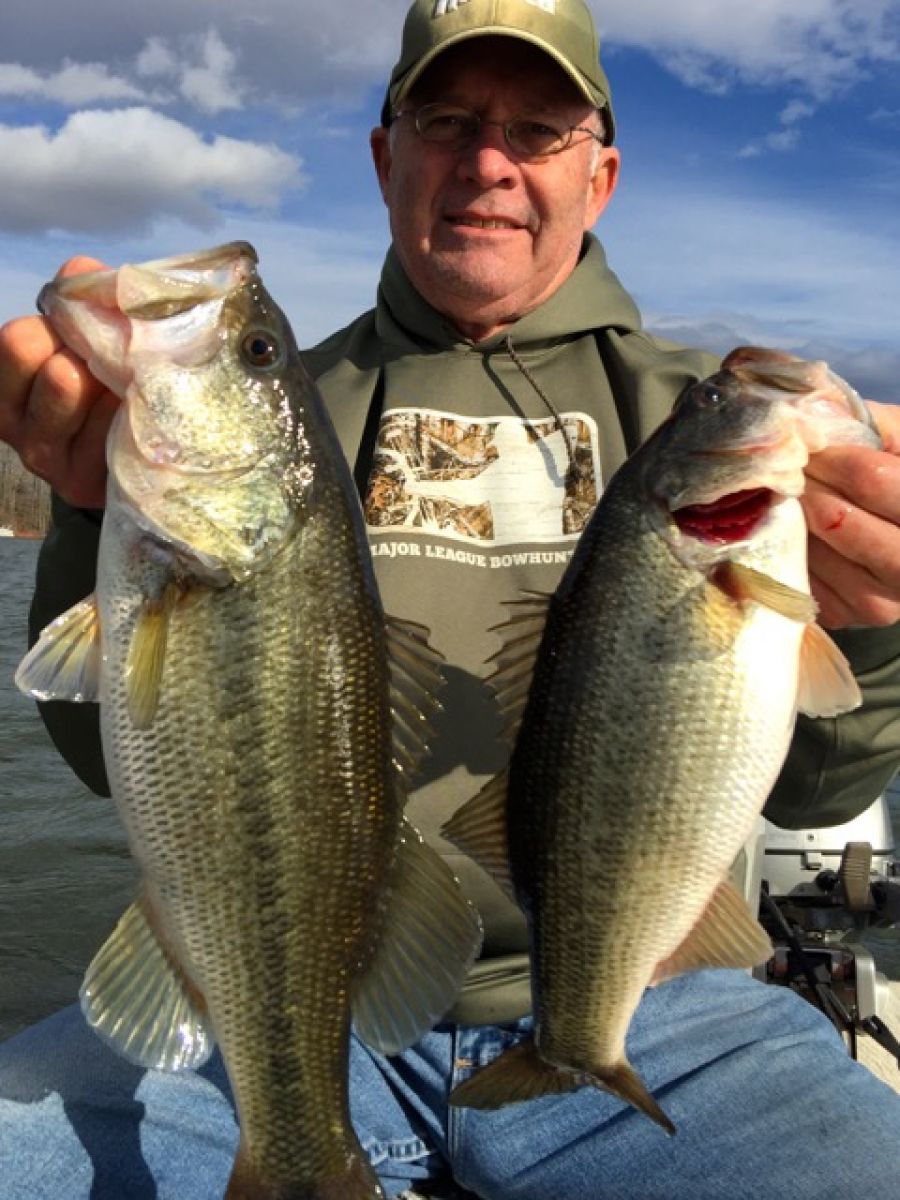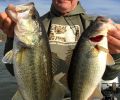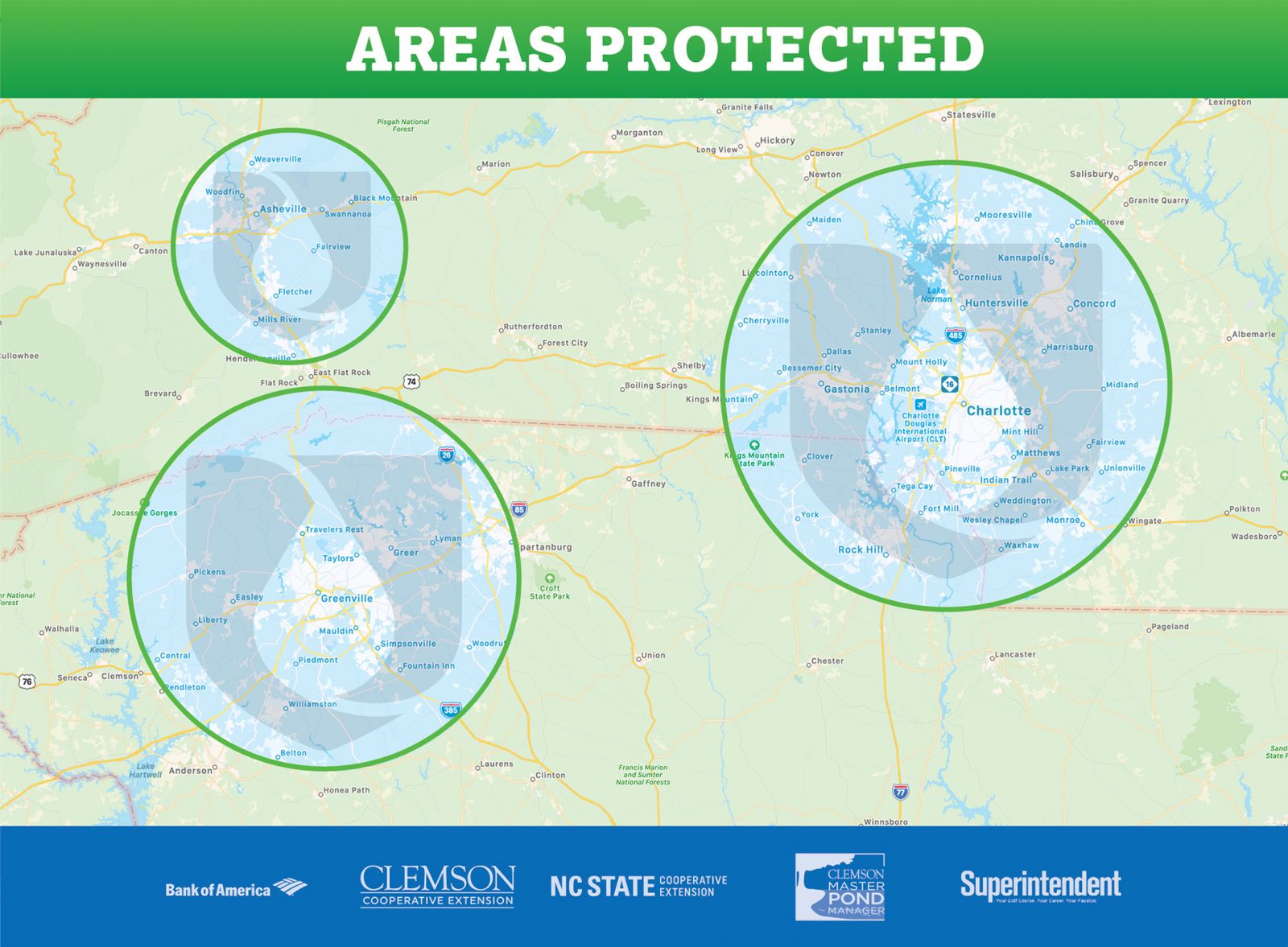
Here is a great question just sent to us this week, the pond owner asked:
“We had our 1-acre spring fed pond built about eight years ago. It was stocked with 150 Blue Channel Cats, 75 Bass, 625 Bluegill and Shell-cracker, and 5 lbs of fathead feeder minnows. Four years ago we had fun catching and releasing our fish.
Large bass would try to eat the bluegill as you would reel them in. We were catching 5-8 lb bass and nice cats.
We have not seen or caught any large bass in 3 years and not that many 1.5 - 2 lb bass. Bluegill is easy to catch from about mid-June and Cats are easy to catch most of the time.
What has happened to our Bass?? We have always been catch and release. The pond is right in front of the house so no one is sneaking in because we have two black Labs, and they would let us know, Help!!! We want our pond to be fun again as it was four years ago.”
Stocking a pond with fish does not guarantee trophy fish for generations. Pond management is necessary to maintain a healthy balance in small farm ponds. Unlike a lake or a large body of water, there is less room for fish habitats and numerous species of fish. An ideal trophy bass pond would be at least 3-5 acres plus it also depends on your budget.
Yes, we have all heard about that honey hole on a farmer’s land that hasn’t been fished for years only to have someone pull out a record largemouth bass. Just because a large fish is caught, it does not necessarily mean that it is a healthy or balanced pond.
Often, pond owners are apprehensive to harvest their fish since they have invested so much money into the pond and they want to catch the fish again when it is bigger. However, this thought process is not taking into account spawning and offspring.
Each year more and more fish reproduce placing a strain on the ecosystem’s food supply. Often fish begin to become malnourish or skinny and miss the opportunity to grow as juveniles. Once this growth period is over the fish, need to be harvested. In fact, depending on the ratios of our species a certain number of pounds of fish need to be harvested every year.
Another mistake pond owners make when trying to create a trophy bass pond is to add catfish. Of course, we all know that catfish are bottom feeders. Well, they are also the clean up crew. They clean up the food supply from the largemouth bass by consuming the eggs of fish like the bluegill.
The greatest mistake we find with farm ponds is not enough underwater habitats or habitats in the wrong areas. Often habitats are not added before stocking a pond with fish, as everyone is excited that their pond has been filled with water, and they just want to start catching fish.
So they pick up the phone and call a fish stocking business. The fish stocking business then asks the size of the pond and sells them a package of numerous fish, sale complete. However, we fast forward five years and the fish have stopped biting. After three years of frustration pond, owners start looking for answers to what has happened.
The answer is the pond has spent its life. The ecosystem has aged and been strained. The largemouth has also aged, the pond is out of balance, and the catfish have taken over. We have seen this happen over and over again with fish stocking, especially in small ponds. In a small pond, it happens much faster than in a lake, but it can happen in a lake as well.
With 1-2 acre ponds, it is best to drain and restock every eight years. By this time the gene pool has crossed and the fish are very old. The secret is not to only drain the pond, but also kill every fish left over in the remaining water. You would be amazed to see how many trash fish will end up surviving in the puddle and ruining your new fish stocking investment.
Taking care of your lake or pond is not a luxury, it’s a necessity. As your local pond management professionals, we’ve been there. Let us help guide you as a member to protect, plan, and preserve your pond or lake if you live in the Charlotte NC, Asheville NC, and Greenville SC areas.
Get started. Become a member today!



